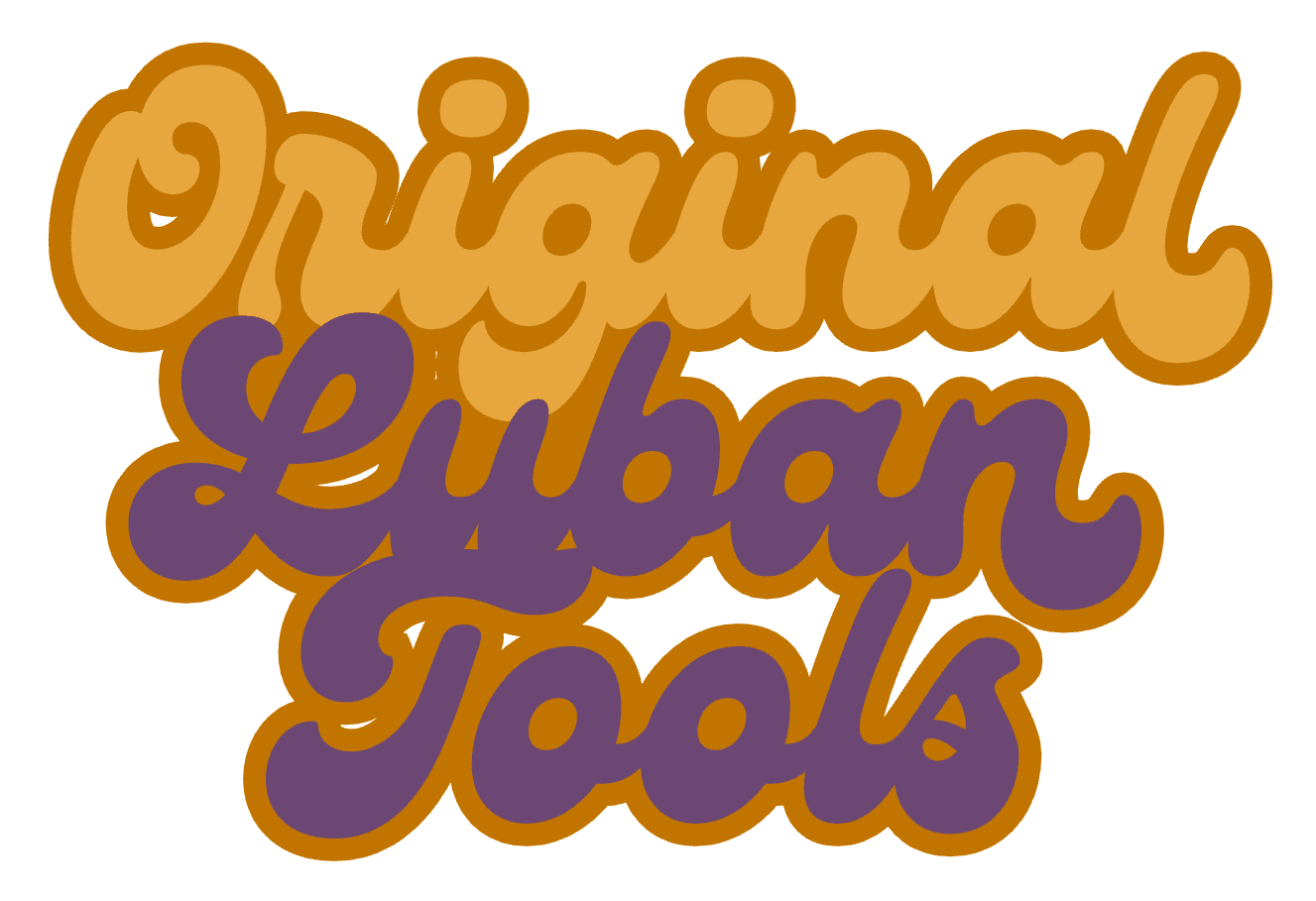4. Core Categories of Hand Planes
Woodworkers often classify hand planes into three main categories: Bench Planes, Block Planes, and Specialty (Joinery & Moulding) Planes. Each group includes various sizes and styles suited to different tasks.
🛠 A. Bench Planes
These are likely the most familiar and most-used planes—generally kept “on the bench”:
- Jack (No. 5, fore plane/No. 6)
Fast stock remover, ideal for leveling stock rapidly. A cambered blade paired with a wide mouth makes it aggressive for initial flattening Handplanes – Lost Art Press; Scrub plane – The English Woodworker. - Jointer / Try Plane (No. 7 or No. 8)
Long sole (20–24″) designed to ride over high and low spots and flatten large faces or pinch-joint board edges perfectly Jointer plane (Wikipedia). - Smoothing Plane (No. 4 or No. 3)
Designed for finishing—takes fine shavings to remove surface imperfections and produce silky final surfaces Smoothing plane (The English Woodworker).
B. Block Planes
Compact and highly maneuverable, block planes excel in edge trimming, end grain, and chamfering tasks:
- Low-angle Block Plane (bevel-up)
Ideal for end-grain smoothing. Offers easy setup and very fine control—a favourite among beginners for clean results Lost Art Press.
C. Specialty Planes (Joinery & Moulding Tools)
These tools serve precise or ornamental tasks and include:
➤ Rabbet (Rebate) & Shoulder Planes
- Rabbet Plane: Cuts full-width rabbets with fences/depth stops, and sometimes scoring spurs for cross‑grain work Rebate plane (Wikipedia)
- Shoulder (Bullnose) Plane: Designed to trim tenon shoulders and dadoes; blade sits flush with the edges for corner joins and has a fine mouth for end-grain work Shoulder plane (Wikipedia).
➤ Plow & Combination Planes
- Plow Plane: Long-bodied plane equipped with grooves and fences, ideal for cutting rabbets or grooves in paneling or floors.
- Combination Plane: Adaptable tool with various cutter irons for rabbets, grooves, tongues, beads, and molding work Joinery planes.
➤ Moulding Planes
- Dedicated Moulding Planes: Wooden profile planes like ogee, ovolo, or bead. Very precise but require sharpening and match the shape exactly Moulding planes.
- Hollows & Rounds Planes: Numbered pair sets used to cut complex moldings—each plane covers a segment of a curved profile. Sets can be staggering but flexible: start with a half set of #4 & #8 or #6 & #10 for most projects.
- Side-Bead (Beading) Planes: Make small bead profiles along edges. Common sizes: 1/8″, 3/16″, 1/4″—useful for decorative finishes and paneling.
➤ Scrub Planes
- Heavy‑cut plane with deeply curved blade, wide mouth, and short sole—used for aggressively removing material from rough boards as a first step in flattening Scrub plane (Wikipedia).
✅ Summary Table
| Category | Typical Models | Primary Use |
| Bench Planes | No. 5, No. 7–8, No. 4 | Stock removal ➝ flattening ➝ smoothing |
| Block Planes | Low-angle, standard-angle | Edge trimming, chamfering, end-grain smoothing |
| Specialty Planes | Rabbet, Shoulder, Plow, Combination, Moulding, Scrub | Joinery cuts, mouldings, shaping, profiling |

